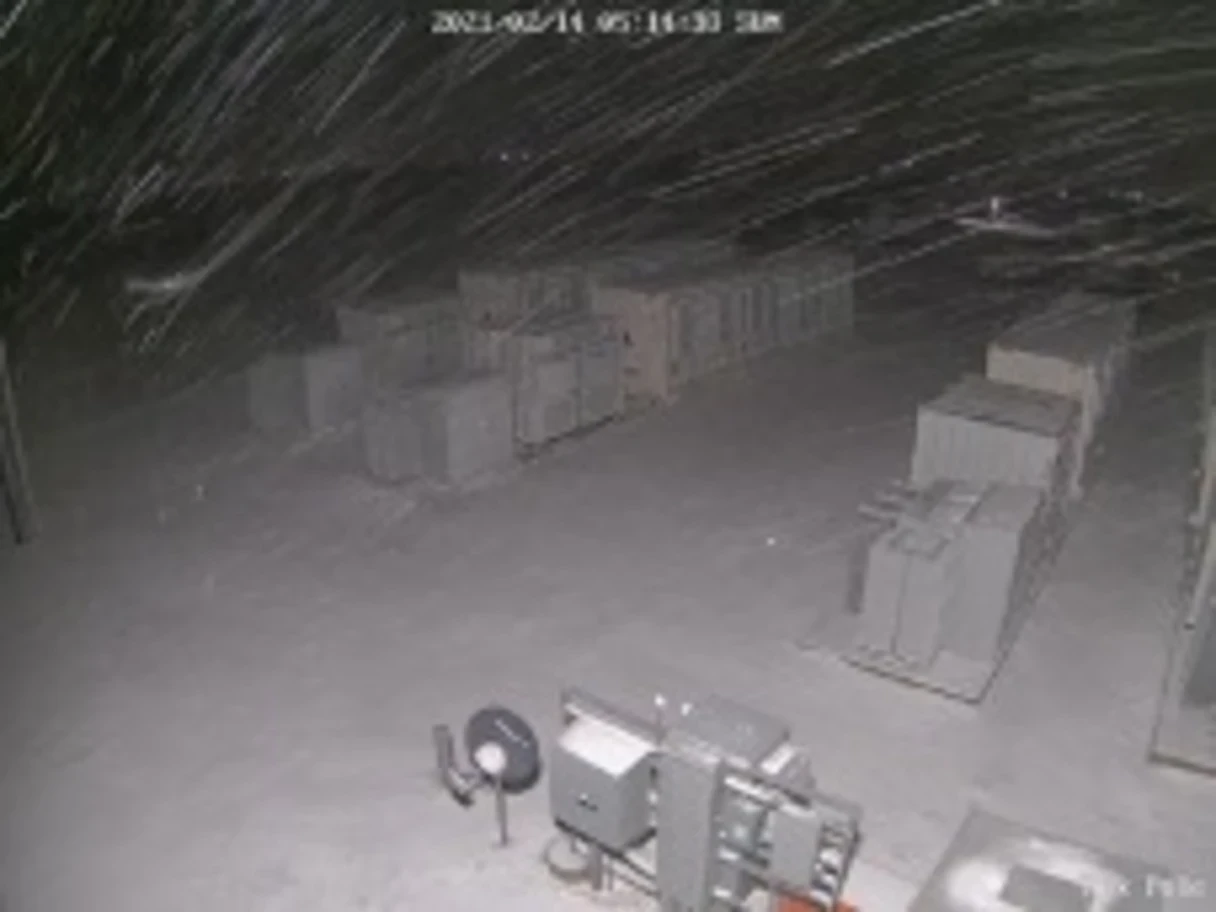The Great Texas Freeze that took place last year left more than 4.5 million homes and businesses without power. The crisis placed a spotlight on the fragility and criticality of the power grid and will go down as one of costliest disasters in the state’s history.
With TX currently having the highest number of FlexGen BESS deployments we wanted to get some perspective on how our sites performed and quite literally “weathered the storm”. I interviewed Clint Paige, Commissioning Manager here at FlexGen, who had “boots on the ground” during the snowstorm. We want to acknowledge him and his team for the services they provide to our clients daily.
● The grid in Texas was in dire straits during the 2021 winter storm. What were you dealing with?
“There was a severe strain on the Texas grid. The demand was the highest we have seen in over 100 years. Everyone was struggling. Everyone was hunkered down and trying to stay warm.”
● ERCOT’s grid almost went down. How were FlexGen’s clients able to continue providing energy to their customers?
“FlexGen has a great working relationship with our customers. When the impending storm was a few days away. We reached out to offer additional support. We helped facilitate delivering generators to sites in case the power did fail, we would be able to keep our batteries warm and return them to service immediately. Thankfully, none of our customers’ sites lost power and we didn’t need the generators. Brad Curry, Kenny Johns and I joined several ongoing zoom meetings with our customers. In total I think we spent somewhere around 159 hours on zoom during the winter storm. While staying connected, we monitored equipment condition at each of our sites and kept all sites on-line and able to provide services to the Texas grid. ”
● How did you personally work to keep things going – logistics in the storm must have made it difficult for you to ensure that clients were taken care of.
“Again, Brad Curry, Kenny Johns and I worked 18-20 hr. shifts to cycle power through the batteries to keep them performing optimally while responding to dispatch signals from the Texas grid. We kept a vigil eye on all the customers’ assets and notified them before problems could happen. There was no leaving my house, so I ensured my family was taken care of and we had backup power if needed. Let’s just say we didn’t get much sleep.”
● Talk a little about FlexGen’s commitment to customer service.
“Our commitment to customer service is very simple. Whatever it takes. We stand ready to respond to any of our customers’ needs 24/7. We have a great team that can be mustered at a moment’s notice to keep all our clients’ assets running at peak performance. Our team is dedicated to serving our customer partners. Whether it be remote or onsite support we are here to see it through.”
● How is HybridOS, FlexGen’s Energy Management System software, a game changer during dramatic weather events? And overall?
“It’s a simple concept. It works. We have an army or super smart engineering folks back at our Engineering headquarters in NC. We have poured our heart and soul into making sure we deliver a product that works and that our customers can rely on for all types of weather events, not just extreme cold but also natural disasters and extreme heat. We will do whatever is necessary to meet all our customers’ requirements and requests.”
● Why are batteries emerging as such an important part of improving our grid?
“Batteries offer flexibility. We create on demand power. We respond in milliseconds to power needs. If you step back and think about it, we provide enormous amounts of power with the click of a button. There is no waiting for power plants to get up to speed to produce power; we do it instantly. With this type of flexibility, we provide resilience and reliability for the grid.”
STORM STATS
164 Hr. Storm Time
159 Hr. Emergency Response Time
99.7% Uptime
703.28 MWh Total Throughput
IMAGES FROM SITE DURING THE STORM



| 
| 
|
| Clint Paige Commissioning Manager | Brad Curry Commissioning Project Engineer | Kenny Johns Lead Field Project Engineer |